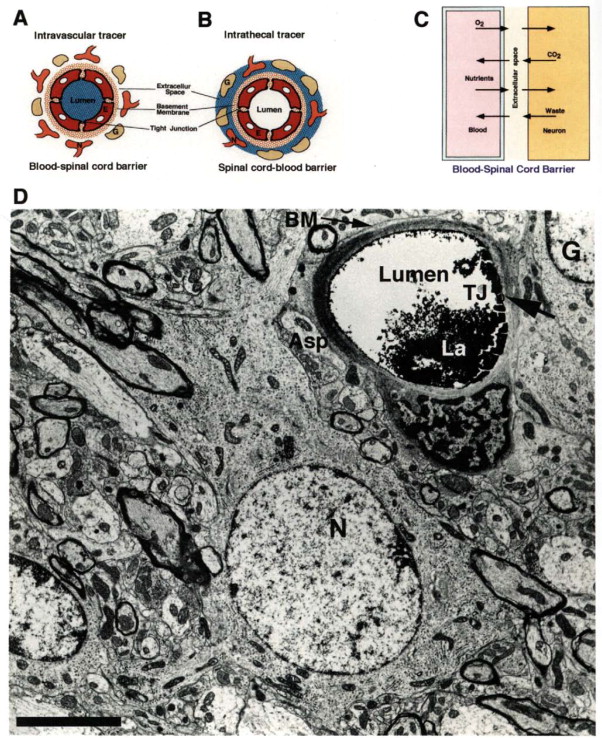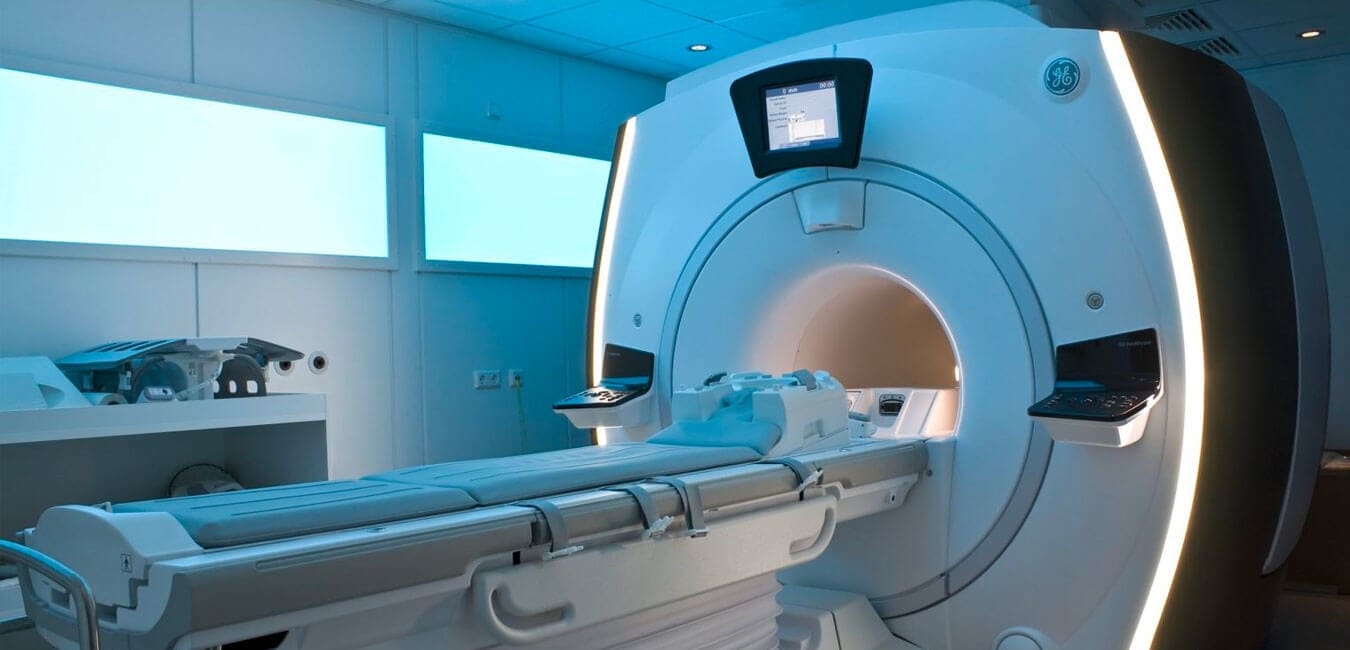
Innovations in Cancer Detection and Treatment: A Leap Forward in Medical Technology
The landscape of cancer diagnostics and treatment is undergoing a significant transformation, powered by groundbreaking research from the University of Texas at Dallas (UT Dallas). Recent grants from the Cancer Prevention & Research Institute of Texas (CPRIT) totaling over $2 million have paved the way for two innovative projects aimed at enhancing early detection of oral cancers and improving drug delivery systems for spinal cord tumors.
Portable Oral Cancer Scanner
Oral and oropharyngeal cancers pose a grave challenge due to their often late diagnosis and subsequent low survival rates. Traditional screening methods are primarily visual, conducted by dentists using natural light during oral examinations. However, Dr. Baowei Fei, a professor of bioengineering at UT Dallas, is revolutionizing this approach with the development of a handheld imaging tool that employs hyperspectral imaging to detect early signs of these cancers.
 The handheld scanner represents a leap in cancer detection technology.
The handheld scanner represents a leap in cancer detection technology.
Fei’s device features hyperspectral imaging technology capable of analyzing how cells interact with light across the electromagnetic spectrum, an ability far beyond that of the naked eye. Coupled with artificial intelligence, this portable tool can discern suspicious masses that warrant further investigation. Collaborations with the Texas A&M University School of Dentistry and UT Southwestern Medical Center will facilitate rigorous clinical trials to validate the technology’s efficacy.
“The technology we are developing aims to deliver timely diagnoses which are critical in improving survival rates,” said Dr. Fei.
This innovative approach is especially crucial given that many oral cancers are discovered only after they have progressed to advanced stages, complicating treatment and severely impacting patient outcomes.
Delivering Treatment to Spinal Tumors
In a separate but equally significant endeavor, Dr. Zhenpeng Qin, an associate professor of mechanical engineering and bioengineering at UT Dallas, has also received a $1 million grant to innovate spinal tumor treatments. The challenge of delivering drugs to spinal tumors has long been hindered by the formidable blood-spinal cord barrier, an intricate shield that protects the spinal cord but also restricts the entry of medications. Qin’s research is focused on developing a light-based technique that temporarily opens this barrier, allowing for direct medication delivery to targeted areas.
 Understanding the complexities of the spinal cord barrier is crucial for advancing treatment options.
Understanding the complexities of the spinal cord barrier is crucial for advancing treatment options.
This method utilizes light to remotely stimulate tiny particles that can disrupt the barrier, forming a passage for therapeutic agents. This minimally invasive technique not only promises to enhance treatment efficacy but also seeks to create wider options for addressing spinal tumors, which have historically offered limited therapeutic intervention options due to delivery difficulties.
The Role of Ferumoxytol in Advancing MRI
The evolution of medical imaging technologies continues alongside these advancements in cancer treatment. Ferumoxytol, a superparamagnetic iron oxide nanoparticle, has emerged as a leading contrast agent for MRI scans, valued for its outstanding safety profile and effectiveness over traditional gadolinium-based agents. This innovation in imaging allows for safer, higher-resolution diagnostics, which are essential for accurate cancer detection and monitoring.
A recent review published by Professor Ning Gu’s team from Nanjing University highlights the multifaceted applications of Ferumoxytol-enhanced MRI (FE-MRI) in diagnosing a variety of conditions, including cardiovascular issues and inflammation. With its ability to provide detailed insights into biological systems, FE-MRI could potentially support better clinical decisions and improve patient outcomes across multiple medical domains.
 The integration of advanced imaging techniques like FE-MRI into patient care is setting new standards for diagnostics.
The integration of advanced imaging techniques like FE-MRI into patient care is setting new standards for diagnostics.
Looking Ahead: The Future of Cancer Research and Treatment
As these projects demonstrate, the future of cancer research is not only about discovering new therapies but also about refining existing technologies to enhance patient care. The collaborative efforts between academia and medical institutions like UT Southwestern and Texas A&M signify a holistic approach to battling cancer, focusing on early detection and effective treatment as primary goals.
The strides made by Dr. Fei and Dr. Qin in their respective projects exemplify the importance of innovation in healthcare. Their work, coupled with advancements in imaging technology, marks a pivotal moment in cancer diagnostics and treatment paradigms. As these technologies are refined and validated, there lies the potential for a significant reduction in mortality rates associated with cancers that, until now, have been difficult to detect and treat effectively.
In conclusion, strong investment in cutting-edge research and development is crucial as it fosters a better understanding of cancer mechanisms and ultimately leads to improved diagnostic and therapeutic strategies. The collaboration among institutions will be instrumental in addressing the pressing challenges faced by patients and healthcare providers alike.
As we continue to monitor these developments, one thing remains clear: the relentless pursuit of innovation in medical technology spells hope for millions battling cancer globally.
Further Information
For those interested in continuous advancements in medical research and technology, resources such as the Erik Jonsson School of Engineering and Computer Science offer comprehensive information on current initiatives and breakthroughs.
These efforts are a testament to the strength of interdisciplinary collaboration and commitment to improving health outcomes. To learn more about CPRIT’s funding and its impact on cancer research, visit the CPRIT website.
Exploratory research environments like Dr. Qin’s lab at UT Dallas are fertile grounds for innovation.













